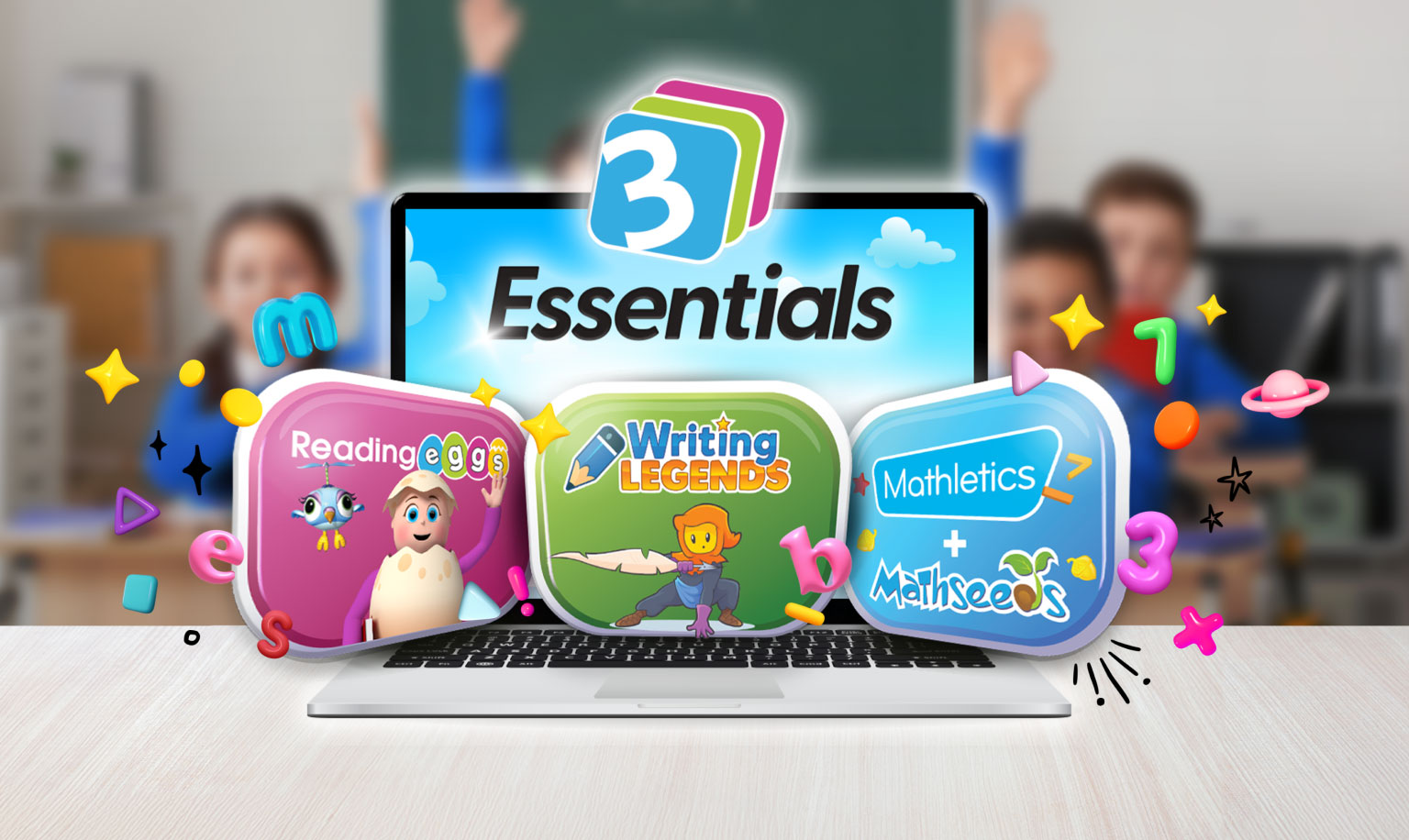
This post has been updated on 22 December 2022.
Mark your calendars. World Maths Day is back!
On 8 March 2023, millions of students across the globe will come together for World Maths Day – the world’s largest online mathematics competition.
But with so many students jostling for a spot on the global leaderboard, how do you make sure you’re bringing your competitive best?
Practice plenty and practice early. Here are 7 essential tips to get you prepped for the big day.

What is World Maths Day?
World Maths Day (8 March 2023) is a global celebration of mathematics where millions of students aged 5 to 18 across the world compete in Live Mathletics challenges. It’s all-inclusive, free, and open to schools as well as students learning from home.
New to World Maths Day or don’t have a Mathletics account?
1. Make sure you have a login
Current Mathletics users are ready to go, but if you aren’t already registered, sign up for free here.
2. Use Live Mathletics to practice
Live Mathletics is the competitive engine behind World Maths Day. At any given time of day (or night), you can log on and find a peer somewhere in the world who is ready to pit their mathematics skills against yours.
- For the younger years/grades (K – 1) we suggest Levels 1 and 2.
- Mid-years/grades (2 – 5) try out levels 1 to 3 – with level 4 as an extension for years/grades 4 & 5.
- Students in years/grades 6 & 7, give levels 1 to 5 ago, with a strong focus on 3, 4 and 5.
- For Year/grades 8 & above focus on levels 4, 5, 6 and 7 (8 as an extension for 9 and above).

Get a strong head start today and do some Live Mathletics today!
3. Sharpen your skills in the areas where you need extra practice
Mathletics is full of revision tools to help you with any concept you’re finding tricky. For example:
To practice multiplication
- Try Multiverse, a space themed multiplication adventure that’s found under the ‘Play’ section of Mathletics.
- Learn times-tables as a song using Times Table Toons (also under the ‘Play’ section).
To practice division
- Use the division revision activities under the ‘Learn’ section of Mathletics.
Addition and subtraction
- Trek through the mathematical jungle in Rainforest Maths
- Find plenty of activities in the ‘Addition and Subtraction‘ topic under the ‘Learn’ section.
4. Working out your best “Mathletics hand’ position:
You’ll want to make sure you’re ready to type in the answers as soon as they come to mind. Here are some tried and tested strategies for rapid-fire typing:
The Two Hander: use fingers from both of your hands on the numpad. A great beginner position.
The Pinkie-masher: use all fingers on the number keys along the top of the keyboard and your pinkie to hit enter.
The Accountant: right hand for typing, left hand for fighting! The right hand answers questions on the number pad whilst your left hits enter after each one.
The Reverse Accountant: left hand uses the number pad to answer, while your right hand is firmly placed on the ‘enter’ button.
The Top Shelf Reverse Accountant: left hand uses the number row at the top of the keyboard, while your right hand is firmly placed on the ‘enter’ button.
The One Hander: know your way around the numpad with confidence? Try doing it with one hand!
5. Trust in your fingers!
Once you feel confident with your typing position, try to do a few practice rounds without looking at the keys!
Check out this classic example of a ‘no-look Reverse Accountant’
6. Move on if you get it wrong
You can get up to 3 incorrect answers per Live Mathletics session before it stops the round. If you get stuck, just try an answer so you can tackle the next question before time runs out. You can always review any incorrect answers at the end of the round.
7. Find your inner-mathlete
Fun is the main aim of World Maths Day, so don’t be afraid to have a go, make mistakes, and learn from the experience. Anyone can succeed at maths – all it takes is confidence!











